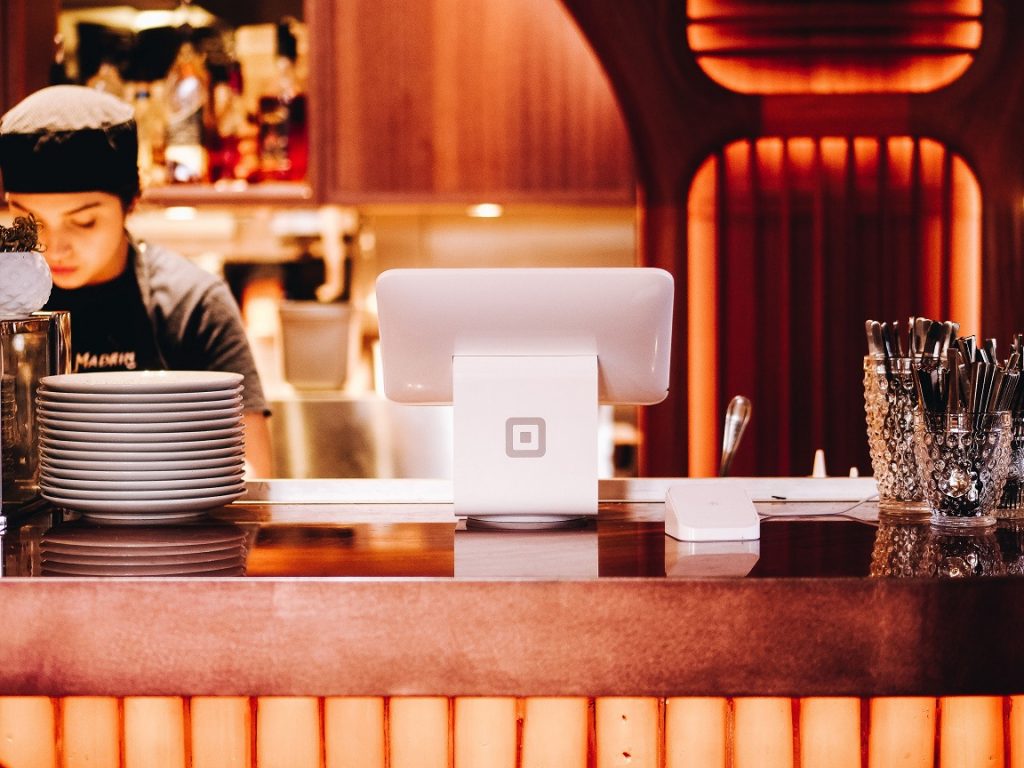Savor Genuine Oriental Food With a Pan-Asian Spin for a Culinary Adventure
Starting a cooking trip with authentic Eastern cuisine, enhanced with a Pan-Asian twist, provides an unique possibility to discover the abundant tapestry of flavors that specify the region's diverse culinary customs. This experience invites you to relish the charming equilibrium of tastes-- pleasant, salted, spicy, and sour-- balanced by aromatic herbs and seasonings. Envision the cutting-edge fusion of Thai curry and ramen or the unforeseen pleasure of sushi burritos. As you contemplate these tempting meals, consider the social stories and historic impacts that shape them, each bite supplying a story waiting to be found.

Discovering Pan-Asian Tastes
In the world of global gastronomy, Pan-Asian food stands apart for its amazing variety and the harmonious interplay of tastes from numerous Asian cultures. This cooking method commemorates the abundant traditions and one-of-a-kind active ingredients discovered throughout the continent, producing a tapestry of preferences that is both satisfying and interesting. Key to Pan-Asian food is its capacity to stabilize contrasting flavors-- pleasant, salty, spicy, and sour-- while highlighting the quality and top quality of each component.
From the umami-rich soy sauce of Japan to the fiery chili peppers of Thailand, Pan-Asian cuisine uses a substantial combination of flavors. These aspects are often incorporated in creative means, boosting dishes with layers of complexity. As an example, making use of fragrant herbs such as lemongrass and cilantro, typical in Vietnamese and Thai cuisine, adds a rejuvenating brightness to meals, while the incorporation of coconut milk provides a velvety, abundant structure.
The emphasis on fresh fruit and vegetables and fragrant spices guarantees that each meal is not just a feast for the palate but also for the senses. Pan-Asian cuisine invites restaurants to begin on a culinary trip, exploring the huge and differed landscapes of Oriental gastronomy with every bite.
Blend Recipes to Attempt
While Pan-Asian cuisine is commemorated for its conventional flavors, the modern-day cooking landscape is progressively embracing blend recipes that mix these traditional components with impacts from various other regions. This ingenious method not just honors the rich heritage of Eastern cooking arts yet additionally presents novel taste experiences that appeal to contemporary palates.
A prime instance of such a blend recipe is the Korean-Mexican taco, where marinaded bulgogi beef is covered in a warm tortilla, topped with kimchi and a spicy gochujang-infused salsa. This mix weds the strong, full-flavored tastes of Korea with the vivid, fresh elements of Mexican food. In a similar way, sushi burritos have actually gotten popularity, joining together the delicate creativity of Japanese sushi with the hearty, hand-held benefit of a burrito, commonly featuring blend ingredients like tempura shrimp and avocado with a drizzle of wasabi mayo.
One more noteworthy meal is Thai curry ramen, which instills the velvety, fragrant seasonings of Thai curry into the calming brew of traditional Japanese ramen, developing an unified mix that entices the detects. These blend meals prolong beyond plain novelty; they stand for a culinary discussion in between cultures, urging exploration and development in the globe of Pan-Asian food.
Necessary Ingredients and Spices
To truly value Pan-Asian cuisine, one need to understand the vital active ingredients and flavors that develop its structure. This diverse culinary style attracts from an abundant tapestry of Oriental traditions, utilizing a harmonious mix of textures and flavors.
Fragrant elements are critical, with ginger, garlic, and lemongrass why not try these out being ubiquitous across various Pan-Asian dishes. These components give a great smelling base that improves the complexity of tastes. Seasonings such as star anise, cardamom, and cinnamon present warmth and character, echoing impacts from regions like China and India.

Food Preparation Techniques and Tips
Understanding the art of Pan-Asian food requires experience with its distinct cooking techniques, each adding to the vibrant tapestry of flavors this cooking practice is commemorated for. Central to these approaches is the stir-fry, a rapid food preparation method that protects the dietary integrity and brilliant shades of ingredients. Using a frying pan, the stir-fry approach enables also warmth distribution, necessary for achieving the characteristic texture and taste balance of Pan-Asian recipes.
Another basic technique is steaming, particularly prevalent in Chinese cuisine. This mild technique keeps the natural flavors and nutrients of components, making it excellent for seafood and veggies. Dumplings, a cherished staple, often gain from steaming, causing soft, delicious textures.
Grilling, also essential, passes on great smoky depths to dishes such as Korean bulgogi or Japanese yakitori (best asian restaurant Islamabad). This technique commonly includes marinating components, allowing flavors to penetrate deeply before food preparation over an open flame or warmer
Lastly, mastering the art chipotle hours of stabilizing tastes-- sweet, sour, salty, bitter, and umami-- is vital. Effectively layering these components can boost a recipe from regular to phenomenal, offering a complicated and pleasing culinary experience that embodies the significance of Pan-Asian cuisine.
Dining Experiences Worldwide
Around the world, Pan-Asian cuisine uses an exceptional dining experience, commemorated for its rich tapestry of flavors and dynamic discussions. This cooking phenomenon has actually transcended social borders, capturing the hearts and tastes buds of food enthusiasts worldwide. In cosmopolitan cities fresh York, London, and Sydney, Pan-Asian restaurants function as melting pots where culinary customs from Thailand, Japan, China, and beyond merge, supplying restaurants with an eclectic mix of recipes that highlight the area's variety.
The worldwide appeal of Pan-Asian cuisine depends on its ability to offer both authenticity and technology. Cooks skillfully marry conventional ingredients such as lemongrass, soy sauce, and miso with modern methods, causing recipes that are both refreshingly brand-new and acquainted. This fusion enables diners to start a culinary journey that values heritage while welcoming modernity.
Moreover, eating experiences are boosted via attentively created atmospheres that reflect the principles of Pan-Asian looks. From minimalist Japanese-inspired insides to lively Thai-themed areas, each dining establishment provides a distinct ambiance that matches the cooking offerings. Because of this, customers are not simply consuming a dish however partaking in a social experience, making Pan-Asian eating an absolutely international phenomenon.
Verdict
The exploration of Pan-Asian food uses an extensive understanding of the elaborate interaction of flavors and culinary customs across Asia. By embracing find out here now fusion recipes such as Thai curry ramen and sushi burritos, the cooking trip not only highlights the adaptability of traditional components yet additionally showcases ingenious contemporary methods. This gastronomic experience, enriched by cooking methods and important flavors, provides an one-of-a-kind chance to appreciate the cultural diversity and culinary virtuosity that specify Pan-Asian food on a worldwide scale.
Beginning on a culinary journey via genuine Eastern food, improved with a Pan-Asian spin, offers a special chance to explore the rich tapestry of flavors that define the area's varied culinary traditions.In the realm of global gastronomy, Pan-Asian cuisine stands out for its remarkable diversity and the harmonious interplay of flavors from different Asian societies. Key to Pan-Asian cuisine is its capability to balance contrasting tastes-- wonderful, salty, spicy, and sour-- while highlighting the freshness and top quality of each active ingredient.
